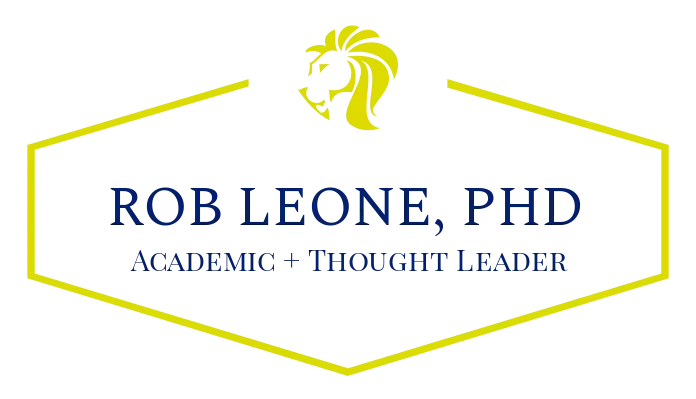Another school year begins, and more dithering on the province’s math education. The EQAO recently released the standardized test scores from the previous academic year, and it has provided us with more evidence on the declining state of math education in Ontario.
One of the most troubling statistics is the fact that nearly half of Grade 6 kids are not meeting the provincial standard. A closer look at the results proves to be even more troubling. Math test scores have been dropping for more than a decade. Over the past 5 years, despite attention being drawn not only by EQAO results but also on international rankings where Ontario students are falling behind, the scores have not reversed. Fixing the growing numeracy gap should be the government’s top priority.
The future prognosis is grim. Test results in Grade 3 and Grade 6 have predicted a continued slide in Grade 9. Early identification and intervention is key to reversing those statistics. However, the stats show a different story. One out of every five kids who met the standard in Grade 3 now do not meet the standard in Grade 6. If this trend continues, we will see lower scores once these students get to Grade 9 in three years.
The downstream effects of not reversing course are significant. The College Student Achievement Project – an annual study of some 12,000 college students – has shown many students are struggling with the mathematics courses required to complete many college degree and diploma programs. Media reports have been sporadically following university math professors and math students complaining about the lack of math preparation of recent high school graduates.
The economic implications of declining math scores are significant as well. Our math achievement is declining at a time when math has never been more important to the future of the economy. A few years ago, TD Bank reported that 6 in 10 Canadians do not have sufficient numeracy skills and that a staggering 25% only function at Level 1 numeracy, the lowest category. The implications for building technical skills are significant and it leads to a loss of productivity in the broader economy.
In a report last year, the C.D. Howe Institute asks what needs to be done to reverse course. They are calling for a complete rethink for how math is taught in schools. The current fad of discovery learning was embraced in Ontario in the mid-2000s and our math scores have steadily fallen ever since. C.D. Howe says that rote learning should be re-introduced and should be the predominant teaching technique in the primary and junior grades following an 80-20 rule: 80% rote learning and 20% problem-based discovery method.
In addition to this, the numeracygap.ca points to even more staggering statistics. In Grade 3, 83% of teachers say they did not complete any math courses after high school, 82% said they did not get any math help at Teachers College, and 71% said they have not undertaken additional math professional development. In Grade 6, 80% of teachers say they did not take math after high school, and 69% have not undertaken further professional development in mathematics.
The obvious question this begs is this: How is it possible to improve on math education when parents and teachers can’t help their kids?
The answer is that parents and students are turning to private tutoring in larger numbers. If you live in a suburban community, every time a new strip mall is constructed, competing for space with the pizza shop and the new nail salons are tutoring centres. They are everywhere! And the statistics are backing this up as well. The 19th OISE Report on Educational Issues tells us that people purchasing private tutoring is up 11% since 2002 – more than one out of every three students now get paid extra help. As more students turn to private tutoring to supplement public education, one can surmise that declining test scores are being propped up by additional private instruction, without which math scores may well be even lower.
This only accentuates a social justice inequity. Children from disadvantage families and neighbourhoods just fall through the cracks because the parents of these kids don’t have the skills themselves to help their children with math and they can’t pay for help either.
To counteract the declining math scores, the government recently tabled a $60 million math rethink. That’s in addition to the $4 million math fix that was announced in 2014. The new math strategy looks to dedicate math time in school, identify math “lead teachers” to mentor teachers inside schools, utilize online math resources, and provide further math-focused professional development. It’s a step in the right direction, but we must wonder why it has taken so long. Many of the points made in this math rethink were present in the Math Achievement Action Plan I tabled in 2014 while I was an MPP.
Serious thought should be given to revamping math education in Ontario. If we want to build that innovation economy we have all been talking about, we would be hard pressed to get there without solid math education. The time to act is now.
This article appeared in Queen’s Park Briefing. Visit QPBriefing.com to subscribe to this publication and stay on top of all things related to Ontario government and politics!
